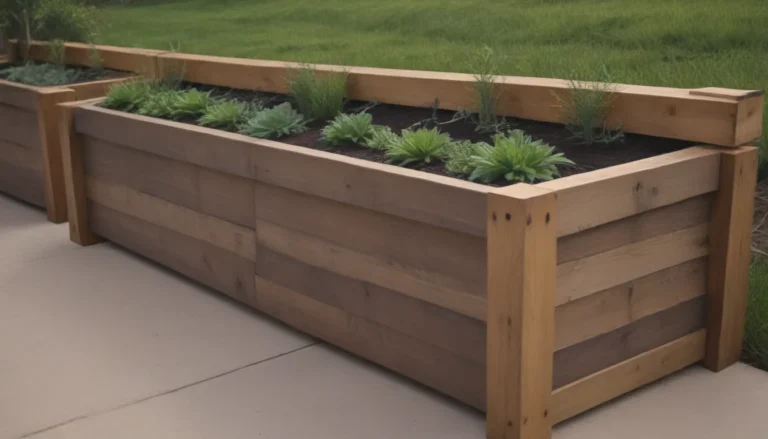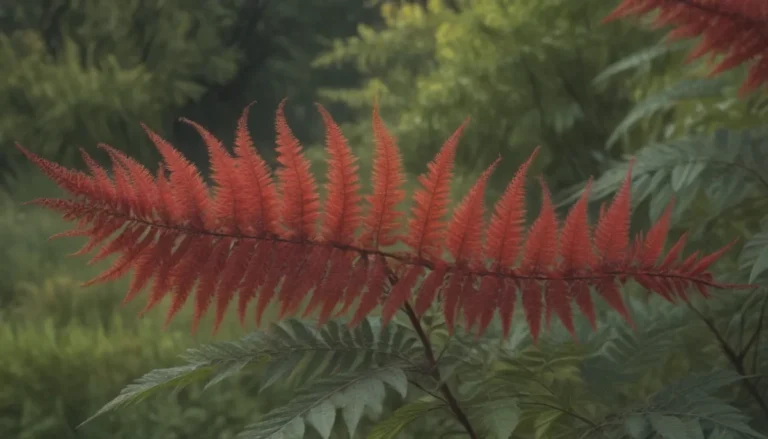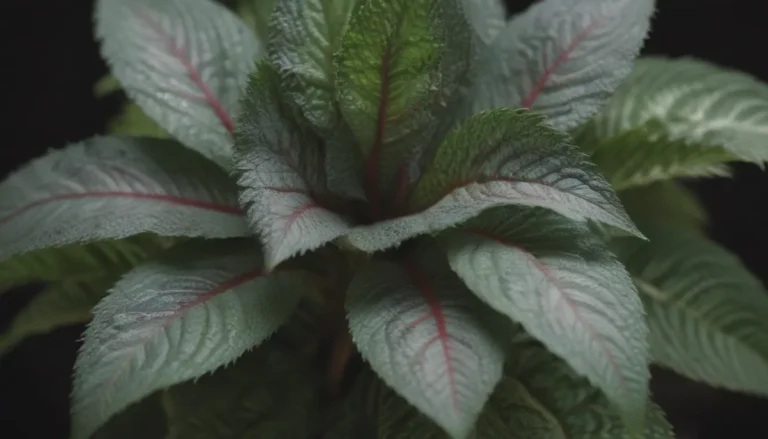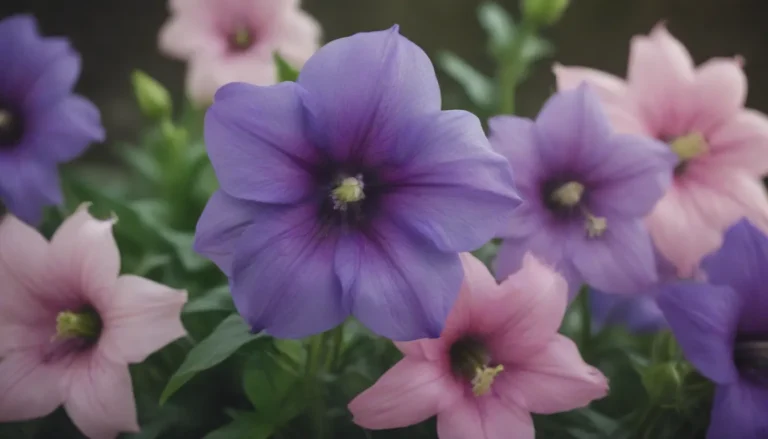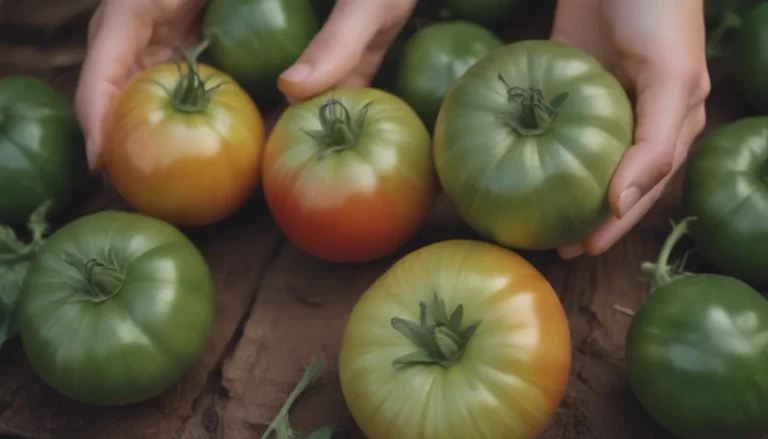How to Grow and Care for Red-Flowering Currant (Ribes sanguineum)
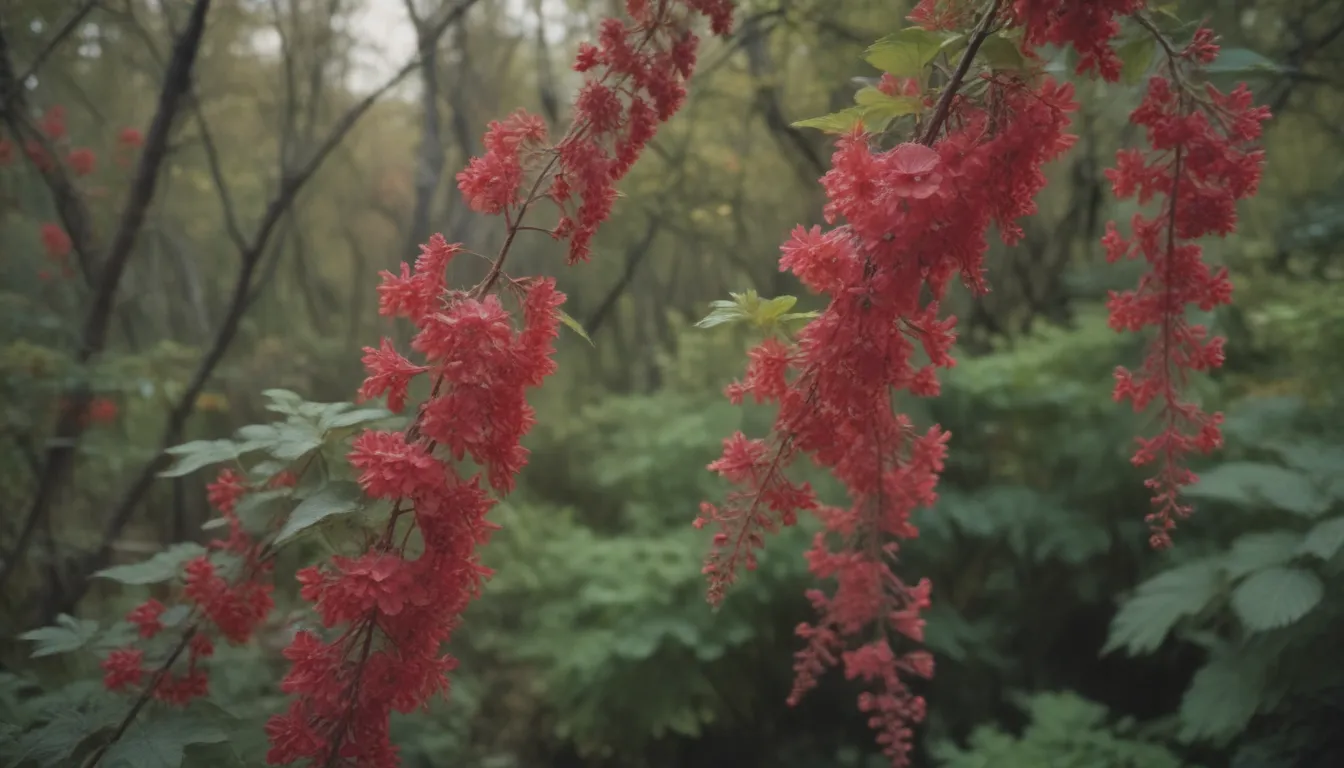
Do you want to add a touch of color and fragrance to your garden? Look no further than the red-flowering currant, a beautiful native shrub that is sure to attract hummingbirds and other pollinators. In this comprehensive guide, we will explore everything you need to know about growing and caring for red-flowering currant plants.
Introduction to Red-Flowering Currant
The red-flowering currant, scientifically known as Ribes sanguineum, is a spring-flowering shrub native to the northwest United States. This large shrub features clusters of showy blooms that serve as an early nectar source for hummingbirds and other wildlife. In addition to its attractive flowers, red-flowering currants also produce edible but bland blue-black berries that attract wildlife in the fall.
One of the key features of red-flowering currants is their year-round interest. From dark green, resinous-scented foliage that turns vibrant shades of yellow and red in the fall to orange-red to gray-brown bark that provides winter interest, these plants offer visual appeal throughout the seasons.
Whether you plant them in a sunny spot or partial shade, red-flowering currants are versatile and can thrive in various garden settings. They are drought-tolerant, making them suitable for dry, rocky spots or xeriscape landscapes. Whether you use them as a specimen plant, in informal hedges, or to control erosion on rocky slopes, red-flowering currants are sure to enhance the beauty of your outdoor space.
Red-Flowering Currant Care
Light
Red-flowering currants can thrive in full sun or partial shade. In hotter inland regions, they may benefit from some light afternoon shade, while cooler coastal areas may allow for full sun exposure. The plant’s habit may vary based on light conditions, with more compact growth in full sun and a more rangy appearance in shadier spots.
Soil
These shrubs are adaptable to various soil types, as long as they are well-draining. Avoid waterlogged soils, as red-flowering currants prefer dry, rocky spots. They can tolerate slightly acidic soil pH levels, making them a versatile choice for different garden settings.
Water
During the first two to three years, red-flowering currants require regular watering, especially in hot summers. Keep the soil evenly moist but not waterlogged, and consider mulching around the roots to retain moisture. Once established, these plants are drought-tolerant and can handle up to 30 inches of precipitation annually.
Temperature and Humidity
Red-flowering currants are hardy plants that can survive in winter temperatures as low as -4 degrees Fahrenheit. They prefer mild, dry climates and may struggle in prolonged high humidity conditions.
Fertilizer
These shrubs thrive in poor soils and generally do not require fertilization. However, adding organic matter to the soil before planting can promote vigorous growth and abundant blooming.
Types of Red-Flowering Currants
There are several red-flowering currant cultivars and hybrids to choose from, each with its unique characteristics. Some popular varieties include:
- **Ribes sanguineum ‘Kind Edward VII’
- **Ribes sanguineum ‘White Icicle’
- **Ribes sanguineum ‘Brocklebankii’
Pruning
While red-flowering currants can be left unpruned for a natural look, pruning after flowering can help promote bushy growth and profuse blooming in the following season. Consider trimming up to one-third of the plant’s height on new growth for optimal results.
Propagating Red-Flowering Currant
If you wish to expand your red-flowering currant collection, you can propagate these plants from stem cuttings. Softwood cuttings can be taken in late spring or early summer, while hardwood cuttings are best done when the shrub is dormant in late fall or winter.
For softwood cuttings, follow these steps:
- Select a healthy stem with soft new growth.
- Cut a section of the stem and remove excess leaves.
- Place the cutting in a pot with well-draining soil and keep it moist until roots develop.
Hardwood cuttings should be taken from mature wood stems and may take longer to root. With patience and care, you can successfully propagate red-flowering currants to enhance your garden.
How to Grow Red-Flowering Currant From Seed
Red-flowering currants can readily self-sow under the right conditions. If you find new plants sprouting, you can transplant them to desired locations or share them with others. If you prefer to grow red-flowering currants from seed, follow these simple steps:
- Collect ripe seeds from the plant.
- Plant the seeds in well-draining soil.
- Keep the soil moist but not waterlogged.
- Wait for the seeds to germinate and grow into healthy plants.
Common Pests & Plant Diseases
While red-flowering currants are relatively pest and disease-resistant, they may encounter issues such as aphids, currant fruit flies, and white pine blister rust. With proper care and vigilance, you can manage these pests and keep your plants healthy.
How to Get Red-Flowering Currant to Bloom
The striking blooms of red-flowering currants are a highlight in any garden. To encourage abundant flowering, consider the following tips:
- Prune the plant after flowering to promote new growth.
- Provide infrequent deep watering during dry summers.
- Avoid overwatering, as these plants dislike soggy conditions.
Red-flowering currants typically bloom in early to mid-spring, attracting hummingbirds and other pollinators with their colorful flowers and fragrant scent. By following these care tips, you can ensure your red-flowering currants put on a show-stopping display year after year.
In conclusion, red-flowering currants are versatile, low-maintenance shrubs that can enhance any garden with their vibrant blooms and attractive foliage. By following these care guidelines and tips, you can enjoy the beauty of red-flowering currants in your outdoor space. Whether you’re a seasoned gardener or a beginner, these plants are sure to bring joy and color to your landscape. Happy gardening!
